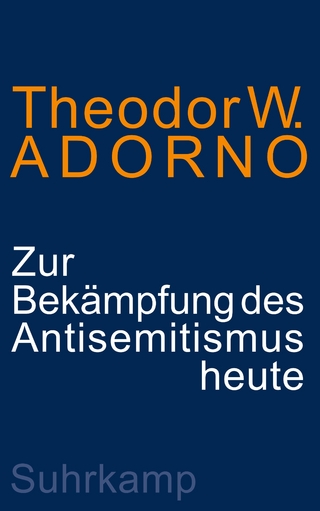
Theory Committees and Elections
Cambridge University Press (Verlag)
978-0-521-14120-8 (ISBN)
In this book, first published in 1958, the social choice theorist and economist Duncan Black aims to formulate a pure science of politics. Focusing on the mathematics of committees and, accordingly, of elections, Black's writing engages with the theories of Condorcet, Borda and Laplace in order to describe the ways in which different systems of voting will yield different results. This can, as Black discusses in detail, influence whether the chosen candidate or motion is relatively agreeable to all, or only suited to the majority group of voters. Black also presents a history of the political science of elections, placing his own work within the context of earlier research and thought on this subject. Professor Black ensures that only a basic knowledge of arithmetic is needed to understand his arguments, although his methods of reasoning will be more familiar to those readers who have previously studied mathematics and economics.
Preface; Acknowledgements; Part I. The Theory of Committees and Elections: 1. A committee and motions; 2. Independent valuation; 3. Can a motion be represented by the same symbol on different schedules?; 4. A committee using a simple majority: single-peaked preference curves; 5. A committee using a simple majority: other shapes of preference curves; 6. A committee using a simple majority: any shapes of preference curves, number of motions finite; 7. Cyclical majorities; 8. When the ordinary committee procedure is in use the members scales of valuation may be incomplete; 9. Which candidate ought to be elected?; 10. Examination of some methods of election in single-member constituencies; 11. Proportional representation; 12. The decisions of a committee using a special majority; 13. The elasticity of committee decisions with an altering size of majority; 14. The elasticity of committee decisions with alterations in the members' preference schedules; 15. The converse problem: the group of schedules to correspond to a given voting matrix; 16. A committee using a simple majority: complementary motions; 17. International agreements, Sovereignty and the Cabinet; Part II. History of the Mathematical Theory of Committees and Elections (Excluding Proportional Representation): 18. Borda, Condorcet and Laplace; 19. E. J. Nanson and Francis Galton; 20. The circumstances in which Rev. C. L. Dodgson (Lewis Carroll) wrote his Three Pamphlets; Appendix; Notes; Index.
| Erscheint lt. Verlag | 14.4.2011 |
|---|---|
| Zusatzinfo | Worked examples or Exercises |
| Verlagsort | Cambridge |
| Sprache | englisch |
| Maße | 140 x 216 mm |
| Gewicht | 330 g |
| Themenwelt | Sozialwissenschaften ► Politik / Verwaltung ► Politische Theorie |
| Sozialwissenschaften ► Politik / Verwaltung ► Staat / Verwaltung | |
| ISBN-10 | 0-521-14120-6 / 0521141206 |
| ISBN-13 | 978-0-521-14120-8 / 9780521141208 |
| Zustand | Neuware |
| Haben Sie eine Frage zum Produkt? |
aus dem Bereich


